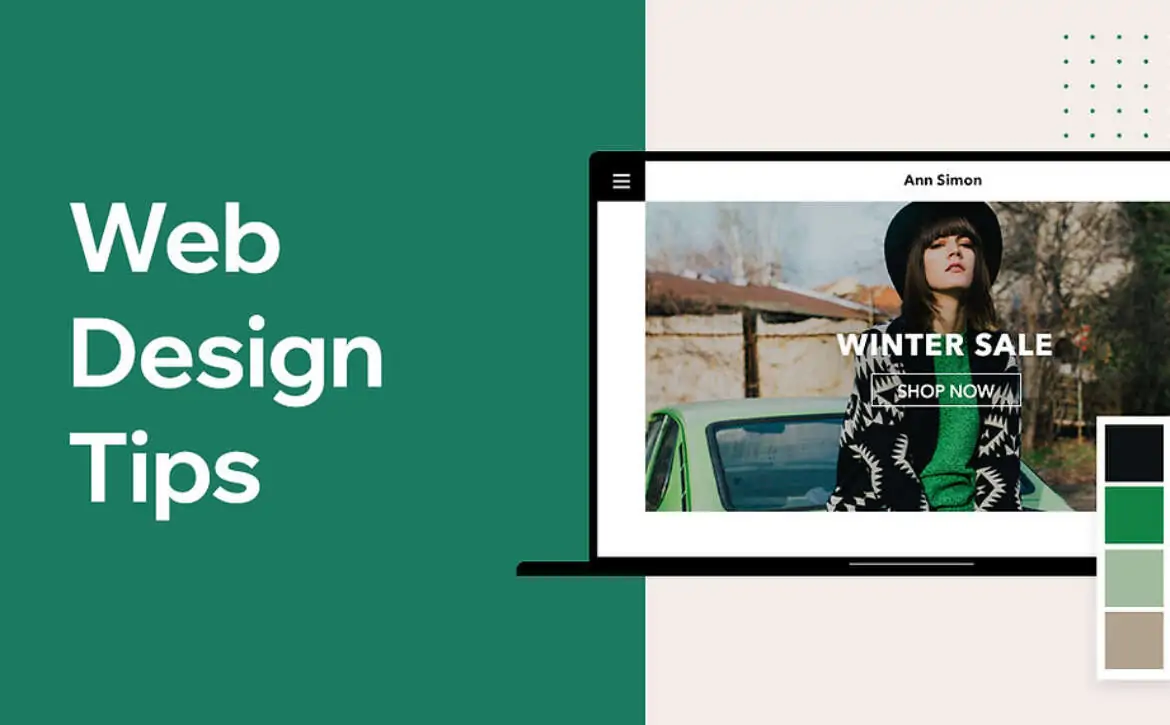Unveiling the Art and Science of web design
In the vast landscape of the digital world, where billions of websites vie for attention, the role of web design emerges as a defining force. It’s not merely about creating aesthetically pleasing visuals but orchestrating an intricate symphony of elements that culminate in an immersive and seamless user experience. Delving into the art and science of website design, unravel the layers that make it an indispensable aspect of the online landscape.
Understanding the Essence:
At its core, it is the process of conceptualizing and creating the visual and interactive aspects of a website. It involves a holistic approach that goes beyond surface-level aesthetics, encompassing functionality, user experience, and the marriage of form and function. Web designers navigate a nuanced terrain where creativity meets technology, aiming to strike a delicate balance that captivates users while delivering information effectively.
“Creating something visually appealing is not the only goal of web design. It’s about designing an experience that is both functional and enjoyable.”
– Kelly Goto, Chief Design Officer, Netflix.

Layout and Structure:
The layout sets the foundation for a website’s visual hierarchy. It involves organizing elements such as text, images, and interactive features in a way that guides the user’s eye and fosters easy navigation. Intuitive and well-structured layouts contribute to a positive user experience.
Color palette and typography:
The choice of colors and typography plays a crucial role in establishing the website’s personality and brand identity. Consistent use of a well-curated color palette and readable fonts contributes to visual cohesion and user engagement.
Graphics and Multimedia:
Visual elements, including graphics, images, and multimedia content, enhance the visual appeal of a website. Thoughtfully curated visuals not only convey information but also evoke emotions, creating a memorable and immersive experience.
Navigation and User Interface (UI):
Navigation is the roadmap that guides users through the website. A well-designed user interface ensures that interactions are intuitive and seamless. Clear navigation menus, buttons, and interactive elements contribute to user satisfaction.
Responsive Design:
Responsive design is inevitable in this era of diversifying devices. Websites need to adapt to various screen sizes, ensuring a consistent and user-friendly experience across desktops, tablets, and smartphones.
Content Strategy:
Content is the backbone of a website. A robust content strategy involves creating compelling and relevant text, images, and multimedia that not only inform but also engage and resonate with the target audience.
The Artistic Flourish:
Visual Aesthetics:
web design is, undeniably, a form of visual art. The strategic use of colors, imagery, and layout contributes to the overall aesthetic appeal.
Brand Expression:
For businesses and organizations, website design serves as a digital storefront. It’s a canvas for expressing brand values, personality, and identity. Consistent brand elements create a cohesive online presence that aligns with offline branding efforts.
Creativity in Interaction:
Interactive elements, such as animations, transitions, and dynamic features, inject creativity into web page design. Thoughtful use of these elements not only adds flair but also enhances the overall user experience.

The Science Behind the Design:
User Experience (UX):
UX design focuses on creating a positive and seamless experience for users. It involves understanding user behavior, conducting research, and optimizing the design to meet the needs and expectations of the target audience.
Performance Optimization:
Designers delve into the technical aspects of performance optimization. This includes optimizing images, minimizing code, ensuring fast loading times, and contributing to a smooth and efficient user experience.
Accessibility Standards:
A well-designed website is inclusive. Website designers and developers adhere to accessibility standards to ensure that the site is usable by individuals with disabilities. This involves considerations such as readable text, alternative text for images, and keyboard navigation.
Cross-Browser Compatibility:
The science of website design extends to ensuring cross-browser compatibility. Websites should function seamlessly across different browsers, ensuring a consistent experience for users regardless of their chosen platform.
“In the end, design is about making the complex simple and the simple profound.”
– John Maeda, Design Technologist and Former Global Head of Design at Automattic.
Emerging Trends:
Dark Mode:
Dark mode, with its sleek and modern aesthetic, has gained popularity. It not only reduces eye strain in low-light environments but also adds a contemporary touch to the design.
Micro-interactions:
Microinteractions are subtle animations or responses to user actions. They enhance the user experience by providing feedback and adding an element of delight to interactions.
Minimalism and White Space:
Minimalist design, characterized by clean layouts and ample white space, continues to be a prevalent trend. It enhances readability, focuses on essential elements, and creates a sense of sophistication.
3D Elements:
The integration of three-dimensional elements, from illustrations to product visuals, adds depth and visual interest to websites. It’s a captivating trend that leverages advancements in graphics technology.
Website design is an intricate dance between the artistic and scientific realms. It’s about more than creating visually appealing websites; it’s about crafting digital experiences that resonate with users, communicate effectively, and leave a lasting impression. Whether it’s the visual aesthetics that capture attention or the behind-the-scenes optimization that ensures seamless functionality, designing websites remains a pivotal force in shaping the online world.
Navigating the ever-changing landscape of digital experiences, the role of web design will only become more pronounced. It’s a dynamic field where creativity meets functionality, where user experience takes center stage, and where each click, scroll, and interaction contributes to the rich tapestry of the internet. Website design is, at its essence, the art of translating ideas into digital spaces and the science of ensuring those spaces are welcoming, efficient, and impactful.


